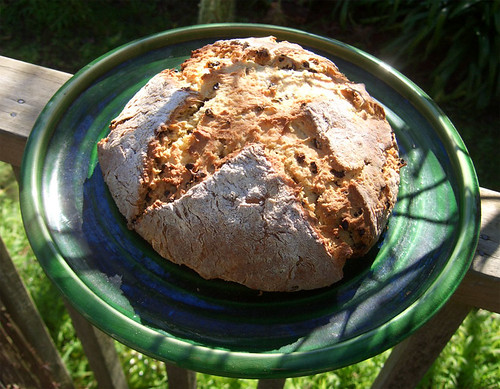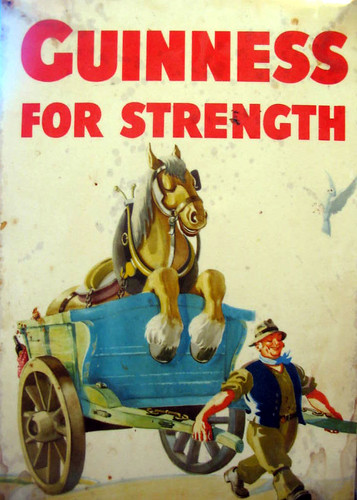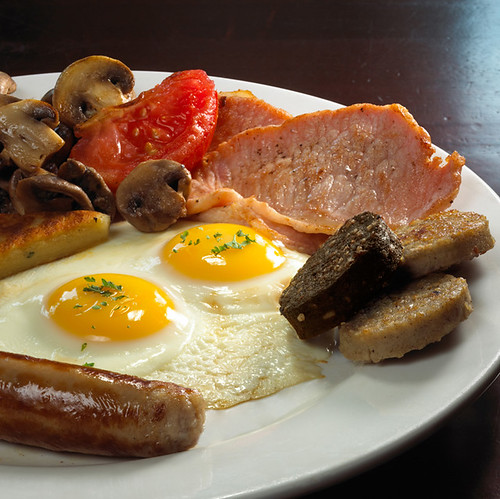At the beginning of my stay in Ireland I met Dublin restaurants, but not as a customer. I was looking for a job. I needed a job immediately. So I decided not to wait for the reply to my emails or notification from the job centre. I started to walk from one restaurant to another and ask about a job. During two weeks I visited almost all the restaurants in the city centre. At that time I came across many types of cuisine and culinary tastes of the Irish people.
What surprised me most? There was a large number of Italian restaurants and big influences of Italian cuisine on the modern Irish cuisine.
When I read about Ireland, every guide talked about Irish or English cuisine as the most popular in Ireland, but it isn’t true. In every Irish Pub, in the menu, you can always find at least one Italian dish. Sometimes in the Pub menu there are just two or three Irish meals, the rest of the dishes are Italian. This regularity is not only in Dublin but also in provincial Pubs. If you want to eat a typical Irish meal in the Pub, you will order this dish which doesn’t seem too much Italian or you will order classic fish and chips.
There are many Italian restaurants in Dublin. Three years ago there was about one hundred. There are good places to try good cuisine and you can also find good Italian wine and coffee there. I have one close to my home. In addition, there is amazing espresso in Dublin.
 The second European cuisine very popular in Ireland is the Spanish one. The Irish love Spain and everything what is from Spain. They spend holidays in Spain, learn the Spanish language, like to enjoy with the Spaniards. Spanish restaurants are always full in the evening. I'm not surprised at this because Spanish restaurants employ the greatest Spanish chefs.
The second European cuisine very popular in Ireland is the Spanish one. The Irish love Spain and everything what is from Spain. They spend holidays in Spain, learn the Spanish language, like to enjoy with the Spaniards. Spanish restaurants are always full in the evening. I'm not surprised at this because Spanish restaurants employ the greatest Spanish chefs. Asian restaurants are the third most popular type of restaurants in Dublin. There are typical national restaurants. Japanese, Chinese, Vietnamese and Indian restaurants are very popular but you can also find very exotic restaurants. Asian restaurants are often at a very high level and are open even in small towns.
The Irish love the spicy taste of Asian cuisine. Now during the crisis many restaurants are liquidated but they are still opening new Asian buffets and have lots of customers.
If you want to find a Polish restaurant in Dublin, you can visit just two bars in the city centre but very simple and very expensive dishes are served there.




















